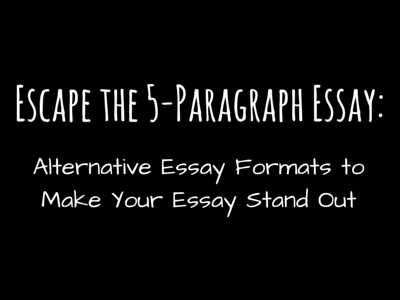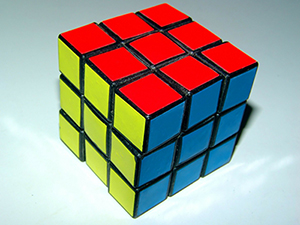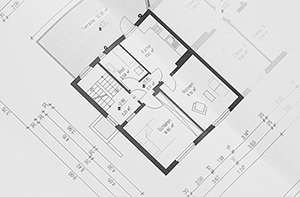Alternative Essay Formats to Make Your Essay Stand Out

The five-paragraph essay format is one most of us learned in the seventh grade. It is simple and familiar: introduction, point #1, point #2, point #3, summary of the three points.
Simple. Easy. To the point.
So what's the problem?
While the five-paragraph essay may have been useful when you were first learning how to organize a written analysis (probably for that response paper you wrote on Shakespeare's Romeo and Juliet), it does not encourage deeper analysis or development of thought; nor does it allow for your conclusions to be presented in any kind of interesting way. The five-paragraph essay is like training wheels. If you're still using it coming into university, you're basically the 14-year-old still pedaling behind all the big kids on their two-wheeled mountain bikes.
But what other options are there? For those studying the arts and humanities, there really is no established structure your papers must follow. This can be incredibly daunting to new writers at this level. Rather than hiding behind a strict and overly simplified essay form, embrace the freedom you now have to use even the format of your essay to help convey your message.
Here are some possibilities to get you started.
1. The Stand-Up Comedian
 This perfect analogy was penned by David Finkle. To quote his Twitter profile, Finkle is a "middle school teacher, author, cartoonist, blogger, and public speaker." He likens an essay ordered by importance to a comedy act: open with your second strongest joke (argument) and end with your strongest one. This is a fairly straightforward approach for those not confident enough to tackle a truly unique essay form but still guarantees that your paper catches its readers' attention and ends with a punch.
This perfect analogy was penned by David Finkle. To quote his Twitter profile, Finkle is a "middle school teacher, author, cartoonist, blogger, and public speaker." He likens an essay ordered by importance to a comedy act: open with your second strongest joke (argument) and end with your strongest one. This is a fairly straightforward approach for those not confident enough to tackle a truly unique essay form but still guarantees that your paper catches its readers' attention and ends with a punch.
2. The Classic Compare and Contrast
At some point, you'll be writing a comparative essay, whether it's 18th Century English Literature, Film Studies 101, or the History of Conflict in East Asia. Think about whether you can articulate your points best by discussing each item (book, film, war) separately, organizing your information by similarities and differences, dissecting themes, etc.
3. The Problem Solver
This format works well for history, philosophy, or psychology papers. Present a problem, discuss existing work on the subject, and then develop and defend a logical solution. Just make sure you don't trip on the pitfall of devoting more time and paper to the problem than to the solution.
4. The Blueprint
This works well for topics that involve a physical space, geographic location, or different groups of affected parties. Your paper will move through the discussion of each individual space or group logically and seamlessly.
5. The Imitation Game
This is a risky move that should not be attempted by the faint of heart. This bold style is most applicable in English literature courses when you discuss period works or distinct writing forms. This is an alternative essay in which you write your analysis in the same form as the piece you are critiquing. I once wrote a satirical Homeric epic poem about a wool sock separated from its match as a response paper to Homer's Odyssey; a peer in my Shakespeare class wrote her entire term paper in iambic pentameter. You've got to have a solid grounding in what you're doing here, and the chosen structure has to support and enhance your critical content, not distract from it (a paper about 20th Century American Lit written entirely in a stream-of-consciousness style, for example, might do more harm than good). Should you have the confidence, writing skills, and appropriate context, however, this kind of paper is one that makes an impact.
While organization and structure are critical to the success of your academic work, you shouldn't limit yourself to a boring, cookie-cutter format. The ability to use even the structure of your paper to enhance your thesis is a powerful one, so embrace it!
Image sources: PublicDomainPictures/Pixabay.com. goranmx/Pixabay.com, julenka/Pixabay.com, jarmoluk/Pixabay.com, cocoparisienne/Pixabay.com, coombesy/Pixabay.com





